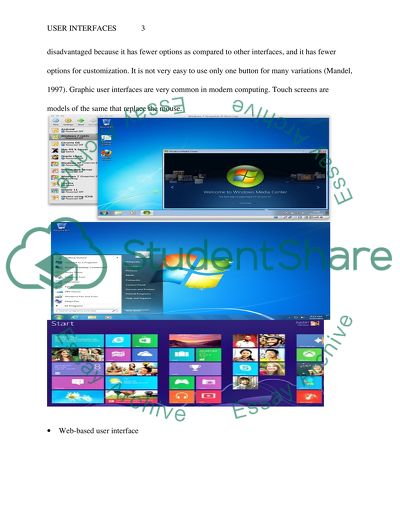Cite this document
(“User Interfaces Assignment Example | Topics and Well Written Essays - 1250 words”, n.d.)
User Interfaces Assignment Example | Topics and Well Written Essays - 1250 words. Retrieved from https://studentshare.org/information-technology/1689444-user-interfaces
User Interfaces Assignment Example | Topics and Well Written Essays - 1250 words. Retrieved from https://studentshare.org/information-technology/1689444-user-interfaces
(User Interfaces Assignment Example | Topics and Well Written Essays - 1250 Words)
User Interfaces Assignment Example | Topics and Well Written Essays - 1250 Words. https://studentshare.org/information-technology/1689444-user-interfaces.
User Interfaces Assignment Example | Topics and Well Written Essays - 1250 Words. https://studentshare.org/information-technology/1689444-user-interfaces.
“User Interfaces Assignment Example | Topics and Well Written Essays - 1250 Words”, n.d. https://studentshare.org/information-technology/1689444-user-interfaces.


